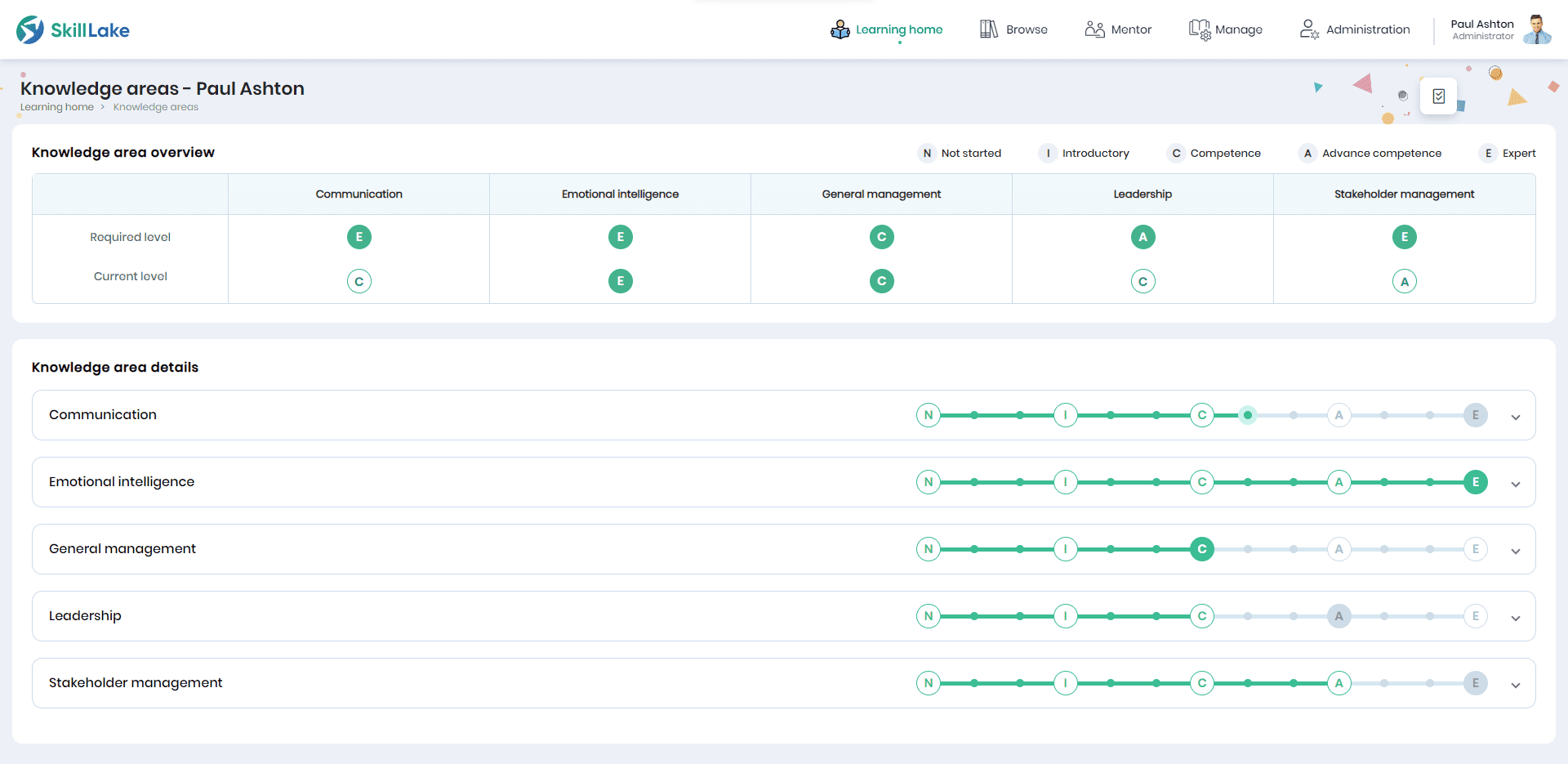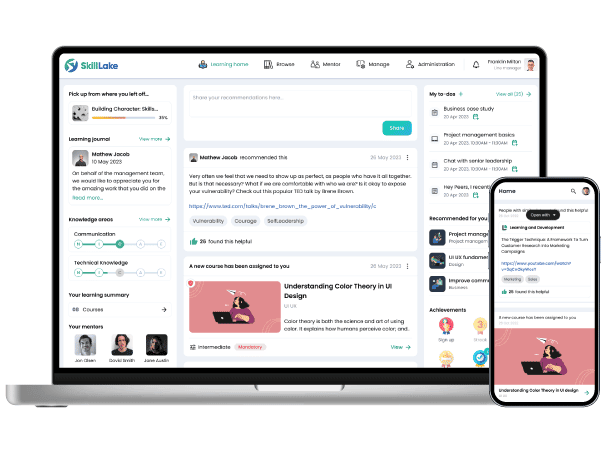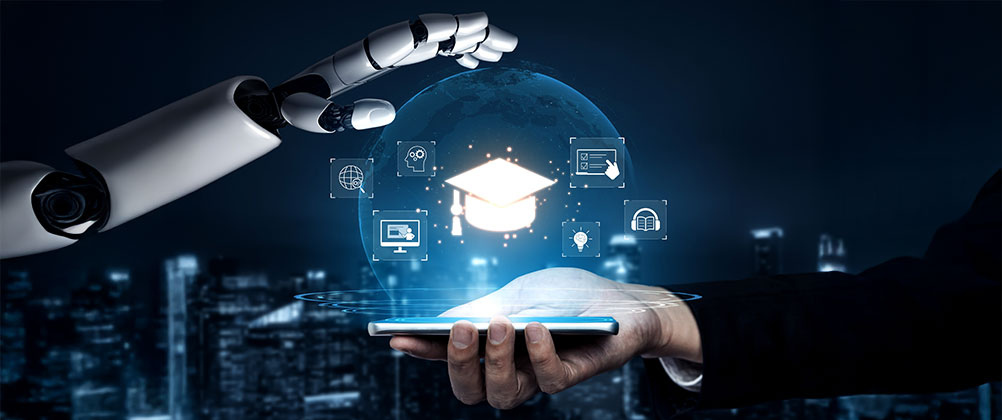HR Role: Learning & Engagement for Young Employees

Employee engagement is essential for all types of businesses. It will reduce employee turnover and promote a more favorable workplace culture. Additionally, increased employee learning and engagement results in higher production rates, improved relationships among coworkers, and stronger relationships with customers. These advantages work together to have a direct, beneficial effect on business profits.
Compared to the older generation, maintaining the engagement of the younger workforce presents distinct challenges. The younger generation of employees is typically more focused and actively looks for better personal and professional development opportunities.
The human resources (HR) team needs to understand the young workforce’s preferences, aspirations, and motivations to attract, engage, and retain them effectively. Studies substantiate that young professionals consider learning and skill development opportunities pivotal and significantly contribute to job satisfaction. They look for projects aligning with their passions, skills and upskilling opportunities. This reality emphasizes the importance of today’s workforce learning.
From this blog, you will:
- Understand the Young Workforce
- The Strategic Role of HR L&D
- How can HR Keep the Young Workforce Engaged through Learning?
- Role of Skill Lake in promoting a learning culture
Understanding the Young Workforce
In pursuing a future-ready workforce, leaders must unravel the shifting priorities that define the aspirations of emerging generations. Understanding the evolving desires of young talent is key to crafting workplaces that resonate with their values.
According to studies, over 80% of HR managers believe training helps them to attract (83%) and keep (86%) talent and aids overall success. Many employees (48%) say available training influenced their company choice. Moreover, continuous training boosts loyalty. 76% of employees prefer companies offering regular training, showing its retention power.
The study underscores young talents’ hunger for training and development and emphasizes organizations’ need for a learning culture. HR teams attuned to the needs and expectations of the young workforce can tailor their strategies to create a supportive and engaging work environment. Organizations can effectively attract, engage, and retain young professionals by offering growth opportunities, aligning with values, promoting work-life balance, and fostering a culture of inclusion and innovation.
The Strategic Role of HR in L&D
Young, enthusiastic workers determined to learn more, improve their careers, and significantly benefit their organizations are becoming increasingly popular in the workplace today. Businesses must consciously increase employee engagement, and HR departments should be at the forefront.
The HR department has a crucial role in releasing the unrealized potential of these young people and inspiring them to improve the company’s performance as a whole. The active involvement of employees in Learning and Development (L&D) activities is a crucial catalyst in this process. Through these initiatives, organizations can not only keep up with business competition but also sustain the zeal and commitment of their employees.
How can HR Keep the Young Workforce Engaged through Learning?
The necessity for a broad set of abilities is an ever-changing component of today’s corporate scene. HR can use a carefully crafted learning and development strategy as a compass to direct employees toward developing relevant and crucial skills. These abilities range from developing managerial capability and essential soft skills to developing specialized competencies for specific tasks.
Top 5 Employee Learning and Engagement Strategies
1. Identify the Essential Skills
The HR team should map the available competencies and abilities before creating an upskilling module. Then, decide which particular abilities each individual requires. It will provide a clear picture of the training needs and skill gap. Companies might also ask employees to rank their skill levels to determine the type of L&D required to close the gap. Evaluating the upskilling plan with at least five years in mind is important.
2. Create a Creative L&D Plan
The upskilling program’s engaging modules are the most effective strategy to raise employee engagement. Creating an upskilling program cannot be done in a cookie-cutter fashion. Developing a program and grouping employees according to their desired talents is a significant step in the right direction. Employee learning and development strategies should be specific, time-bound, challenging, and enjoyable.
3. Encourage Staff to Engage in Upskilling
Organizations should persuade employees to enroll in training programs to improve their skills. Employees are frequently preoccupied with projects, so finding time for L&D may take time.To encourage employees to enroll in training, organizations should explain the advantages of L & D and offer them the necessary tools and assistance. The HR team can boost employee participation with rewards, bonuses, completion certificates, and time off.
4. Provide the best platform for Upskilling
Employing the finest training platform is a need for organizations looking to boost employee engagement. A modern, AI-enabled LMS platform will have hiring, onboarding, background checks, payroll administration, and skill upgrading capabilities. Businesses can use platforms with interactive sessions, tests, live classes, feedback posting, group learning, gamification, and other elements to make L&D engaging. Before making the training program available to all employees, run it on the LMS.
5. Collect Feedback And Monitor Progress
Continuous learning and growth encourage employee engagement. Organizations should also monitor staff performance after training. This will help to understand training effectiveness. An in-depth- understanding of the training program and its effectiveness will help the HR department to tailor-make learning modules in the best way. Providing learning opportunities based on individual preferences is also important.

Skill Lake: A Modern LMS in Promoting A Learning Culture
Skill Lake is a dynamic platform that empowers human resource professionals to plan and lead learning and development projects with extraordinary efficiency. Utilizing Skill Lake’s innovative features, HR departments can gain access to a wide range of tools to improve the learning and development of the workforce proactively.
Through interactive learning pathways and tailored content, individuals can engage in focused development that will enhance their effectiveness. The transformative design ensures that learning is not confined to theoretical knowledge. It facilitates learning conversion into actionable outcomes that tangibly impact job performance. Skill Lake nurtures a perpetual improvement culture by promoting real-time feedback and guidance.
To learn more, read it here.
Build a culture of continuous learning with Skill Lake’s state-of-the-art people development platform. Give your employees professional training to help them excel in their job roles and propel your business to greater efficiency and success.
Start Today


Ashmitha Chatterjee
Ashmitha is a learning and development enthusiast who shares her insights on e-learning. She loves to create engaging and informative content and is dedicated to helping people learn and grow through her deep expertise in the field.